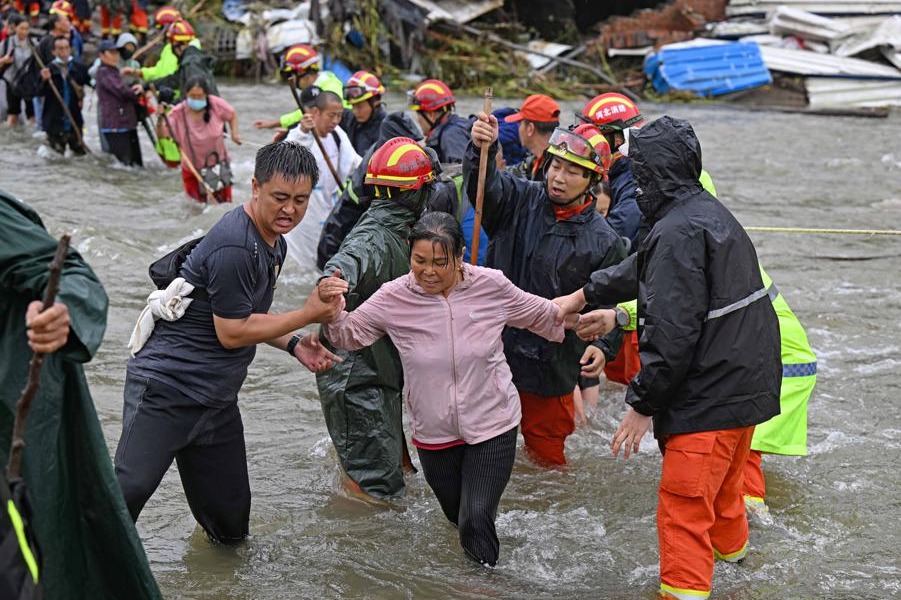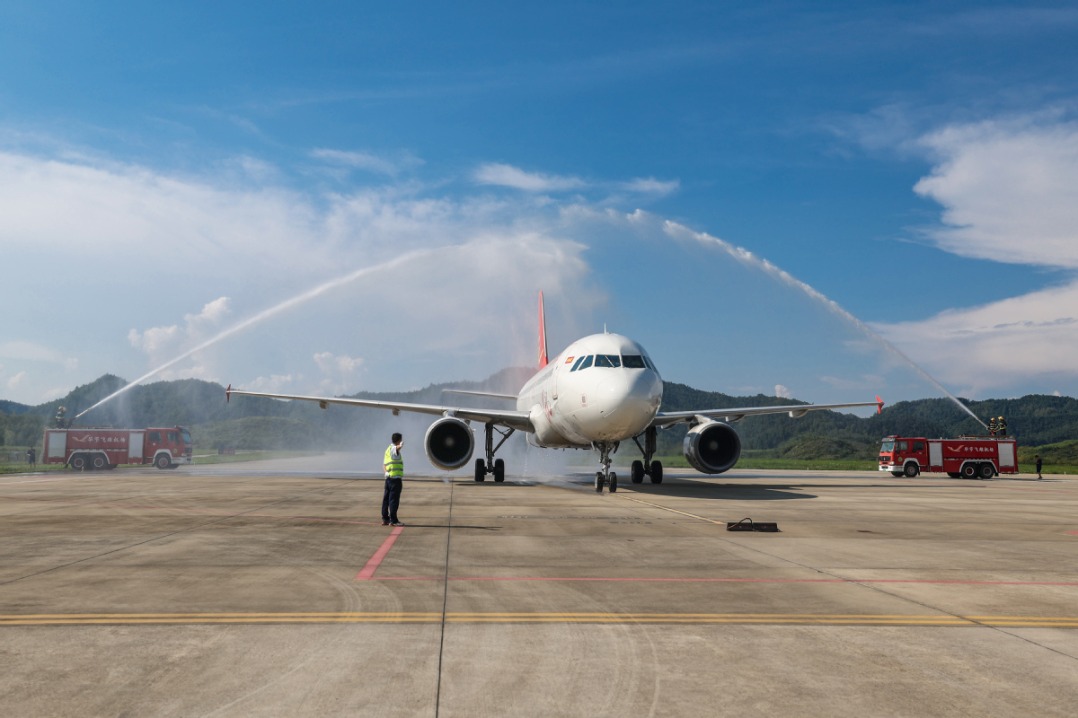Water project brings riches to desert area

While greatly reducing the risk of ice jams, "the project has promoted the restoration of the local ecological system and brought marked benefits to people living nearby," Liu said, citing Naranmandakh as an example.
"Because of the water shortage, we were unable to raise many cows. Now that there is plenty of grass and water, the animals can easily find food to fill their stomachs. Cow herding has become a lot easier," Naranmandakh said, adding he plans to increase his cattle to 1,000 from the current 600.
According to Elion Resources Group, which has been promoting sand control in the Kubuqi for over 30 years, the vegetation coverage rate in the desert has increased from less than 3 percent to 53 percent.
It said there have been 20 species of plants growing in the wetland generated by the water diversion project, and the area now serves as a habitat for 10 species of birds.
While cow raising has greatly increased the incomes of over 30 households, local people are eying more opportunities brought by the project to lead wealthier lives.
Naranmandakh, for example, has tried aquatic farming and running a rural resort.
He also started to raise crabs in 2018.
Though many of the crabs escaped because of a sudden rise in the water level, he still profited as the price of his crabs reached over 50 yuan per kilogram when he sold them around the Mid-Autumn Festival, a time many Chinese people think is the best to eat crabs, he said.
He plans to farm crayfish while expanding crab raising.
"It should be no big problem for me to make over 1 million yuan a year from raising cows and crabs," he smiled.
- Rainstorms leave 8 dead, 18 missing in North China county
- Swiss bloggers: 100 yuan shopping spree at Dounan Flower Market
- CPC plenum to focus on next five-year plan
- China launches sixth batch of internet satellites
- China trains over 1,600 peacekeepers from 70 countries
- National conference calls for decisive measures to fight Chikungunya fever





































